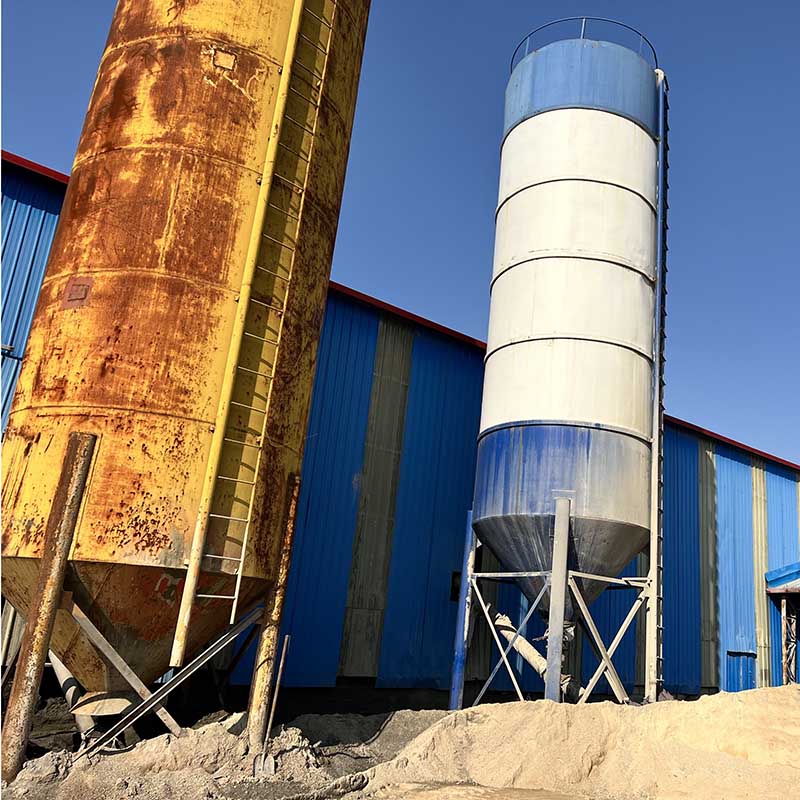
Image source:Aiwei block machine
Introduction
Heritage conservation and restoration projects play a crucial role in preserving the rich history and cultural significance of architectural structures. Brick making machines have emerged as valuable tools in these endeavors, offering numerous benefits in terms of efficiency, authenticity, and sustainability. This article delves into the role of brick making machines in heritage conservation and restoration projects, highlighting their impact on preserving architectural heritage, revitalizing traditional craftsmanship, and ensuring the long-term sustainability of restoration initiatives.
Authenticity and Material Conservation
One of the primary challenges in heritage conservation is the availability of authentic materials. Traditional brick-making techniques, often used in historical structures, may no longer be viable due to factors such as scarcity of skilled craftsmen or limited access to suitable raw materials. Brick making machines can address this challenge by producing bricks that closely resemble the original ones, both in terms of size and texture.
By using brick making machines, heritage conservation projects can ensure the availability of authentic building materials while preserving the integrity and historical accuracy of the structure being restored. This approach helps maintain the aesthetic appeal and cultural significance of heritage sites, allowing visitors to experience the architectural marvels as they were originally intended.
Preservation of Traditional Craftsmanship
The adoption of brick making machines in heritage conservation projects also presents an opportunity to revive and preserve traditional craftsmanship. In many regions, the knowledge and skills required for manual brick making have been dwindling over time. Brick making machines can bridge this gap by providing a platform for training and empowering local artisans, ensuring the transmission of traditional techniques to future generations.
By involving skilled craftsmen in operating brick making machines, heritage conservation projects can infuse a sense of pride and ownership among the local community. This approach not only contributes to the preservation of traditional craftsmanship but also fosters a deeper appreciation for the cultural heritage embedded within the architectural structures being restored.
Efficiency and Cost-effectiveness
Brick making machines offer significant advantages in terms of efficiency and cost-effectiveness. Traditional brick-making methods often require extensive manual labor and may involve time-consuming processes. The adoption of machines can streamline the production process, reducing labor requirements and significantly expediting the restoration timeline.
The increased efficiency translates into cost savings for heritage conservation projects, as it minimizes the need for extensive labor and reduces the overall project duration. These cost savings can be reinvested in other crucial aspects of restoration, such as structural stabilization, architectural research, and community engagement initiatives.
Environmental Sustainability
Environmental sustainability is a critical consideration in heritage conservation and restoration projects. Traditional brick-making techniques can have adverse environmental impacts due to high energy consumption, emissions, and depletion of natural resources. Brick making machines, on the other hand, offer opportunities for more sustainable practices.
Modern brick making machines can incorporate eco-friendly features such as energy-efficient mechanisms and the utilization of recycled materials. Additionally, the use of machine-made bricks can reduce the demand for clay extraction from local ecosystems, preserving natural landscapes and minimizing environmental disruption.
Replicability and Scalability
The use of brick making machines in heritage conservation projects enables replicability and scalability. Once the machine has been set up and the required molds are in place, the production of bricks can be easily replicated for multiple restoration projects. This advantage is particularly valuable when dealing with large-scale heritage sites or when extensive restoration work is needed.
Furthermore, the scalability of brick making machines allows for flexibility in responding to changing restoration requirements. Adjusting the production volume and specifications of bricks can be achieved more efficiently, ensuring a seamless integration with the evolving needs of the project.
Conclusion
Brick making machines have become indispensable tools in heritage conservation and restoration projects, offering a range of benefits in terms of authenticity, craftsmanship preservation, efficiency, cost-effectiveness, environmental sustainability, and scalability. By employing these machines, conservationists and restorers can ensure the preservation of architectural heritage, revitalize traditional craftsmanship, and create a more sustainable future for heritage sites.
It is important to strike a balance between the use of modern technology and the preservation of cultural authenticity. Heritage conservation projects must be mindful of the significance and value of traditional craftsmanship, ensuring that the use of brick making machines complements and enhances the overall restoration process.
As brick making machines continue to evolve and advance, their role in heritage conservation and restoration projects is expected to become even more prominent. By embracing these technological advancements, we can ensure the preservation of our architectural heritage for future generations while fostering sustainable practices and promoting the continuity of traditional craftsmanship.
